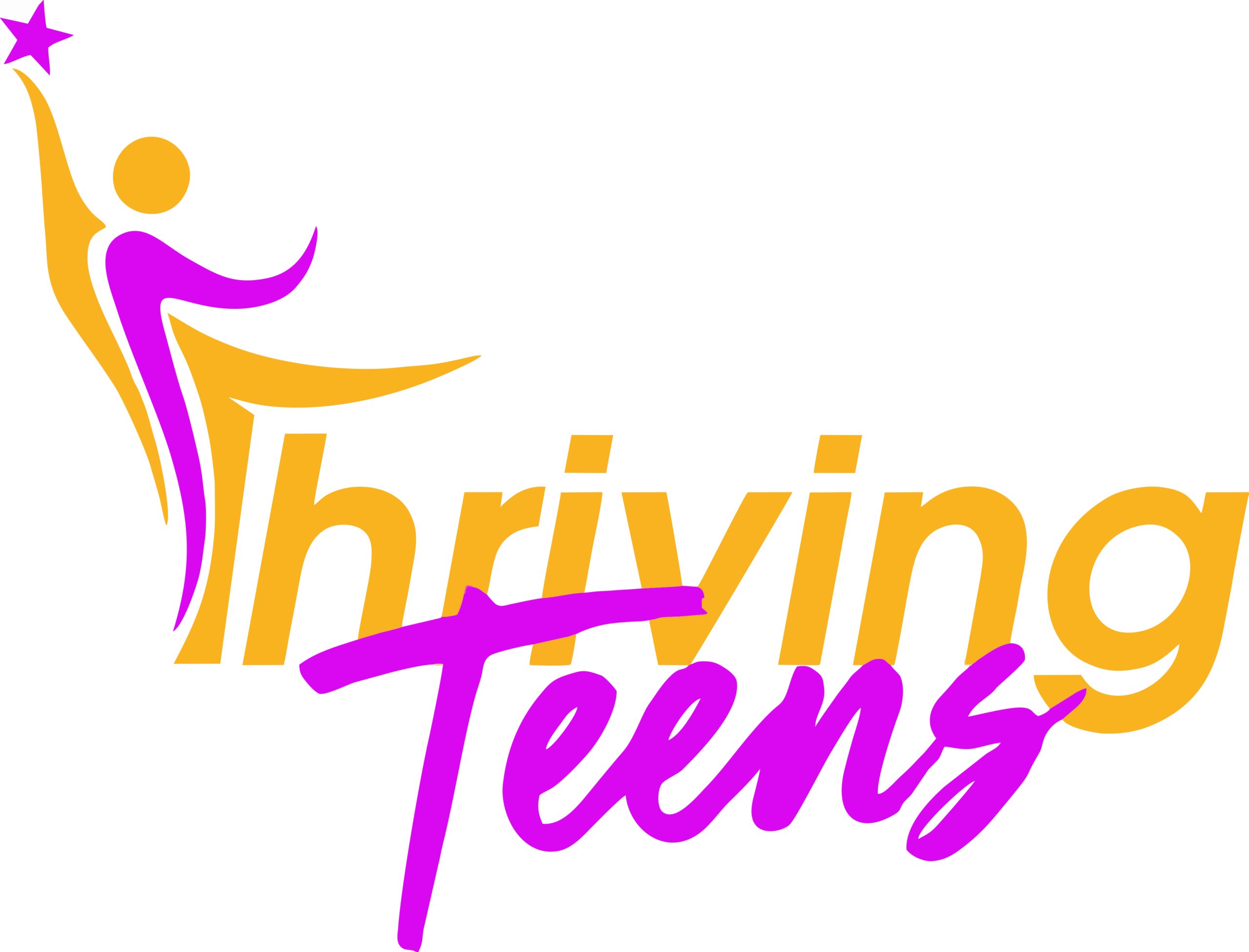Introduction and types
The heart is the organ in the human body that pumps blood. Problems with its structure can exist at the time a person is born. These problems can change the way blood flows through the heart.
The symptoms and signs of CHD can be mild or severe. The latter can cause life-threatening complications. With better and improved healthcare interventions, a person’s chances of survival is markedly improved. People with congenital heart disease need lifelong medical care. Treatment may include regular checkups (watchful waiting), medications or surgery.
Several types of CHD exist depending on which heart chamber is affected. The heart has four chambers, two atria and two ventricles, a pair of each on the left and right side of the heart. So if one has a defect on the atria, for example, that is called an Atrial Septal Defect (ASD). A defect in the ventricles will be called a Ventricular Septal defect (VSD). If a communicating hole is left open in between the heart chambers that causes blood to mix around, which should not happen, that is called a Patent Foramen Ovale (PFO). Or a Patent Ductus Arteriosus (PDA), a condition where two major arteries (the pulmonary artery and the aorta) communicate through a connection that fails to close upon birth of the baby. There are many more but these are just a few examples.
Symptoms
Serous congenital heart defects are usually noticed at birth or during the first few weeks of life. Signs and symptoms include pale gray or blue lips, tongue or fingernails (cyanosis), rapid breathing, swelling in the legs, belly or areas around the eyes and shortness of breath during feedings, leading to poor weight gain.
Less-serious congenital heart defects may not be diagnosed well into older childhood. Signs and symptoms may include easily becoming short of breath during exercise or activity, easily tiring during exercise or activity, fainting during exercise or activity and swelling in the hands, ankles or feet.
Should the symptoms be observed, one should seek to see a doctor immediately.

